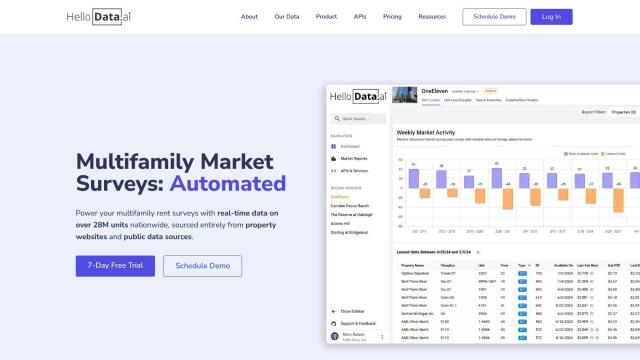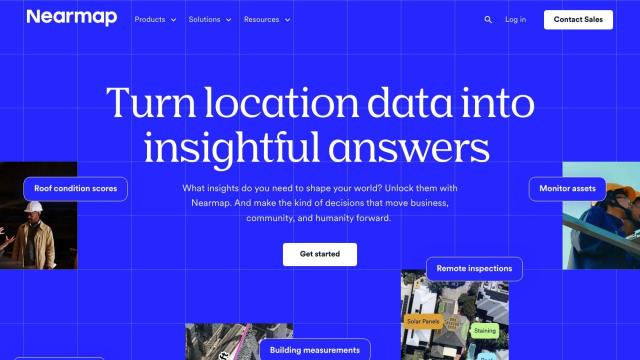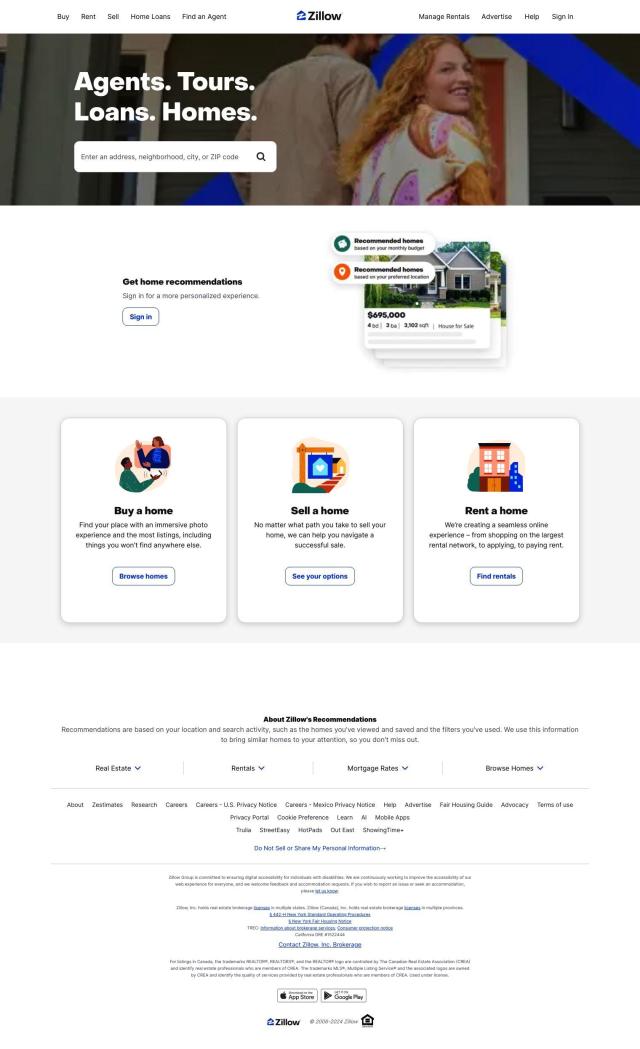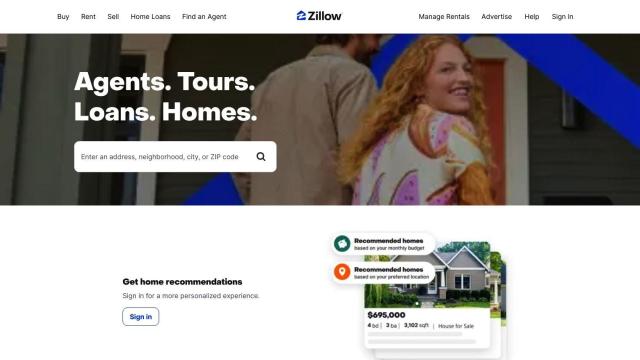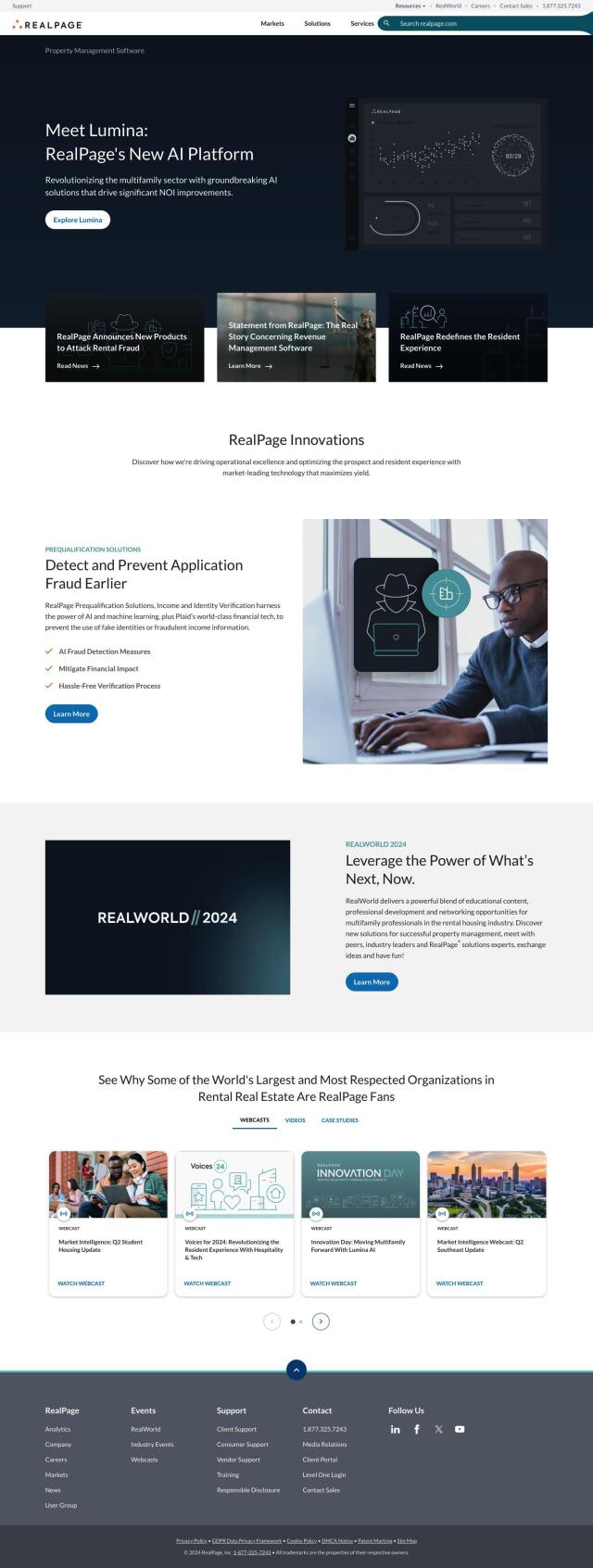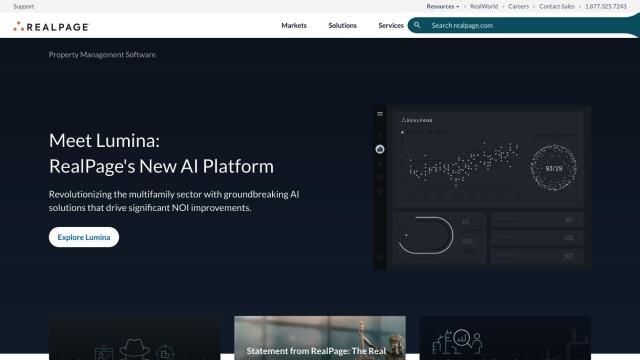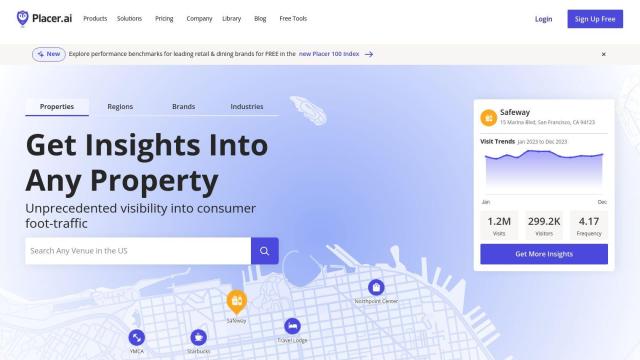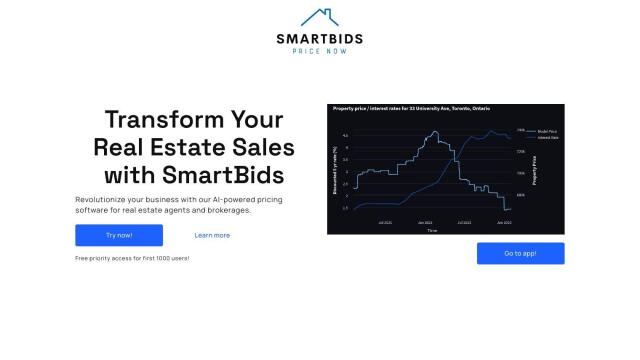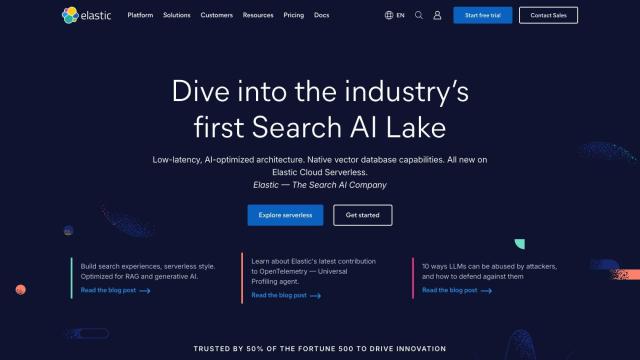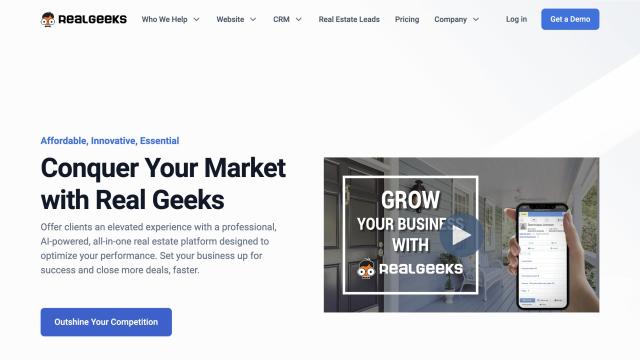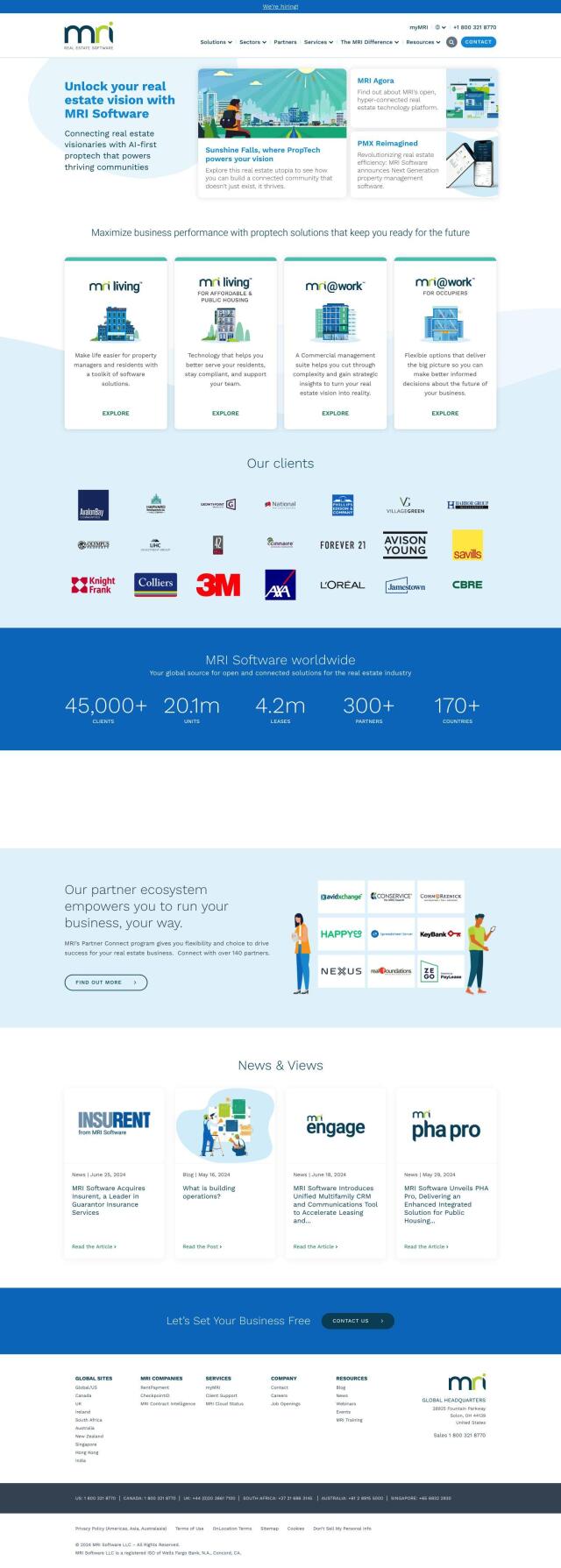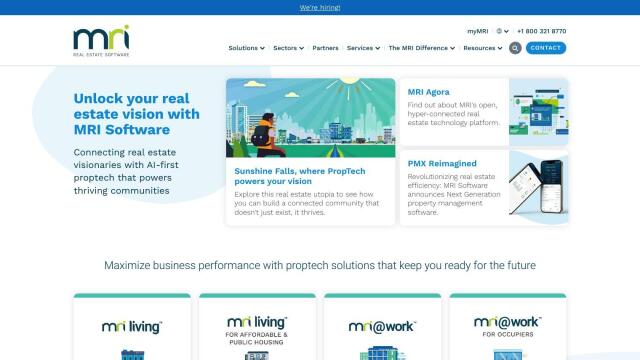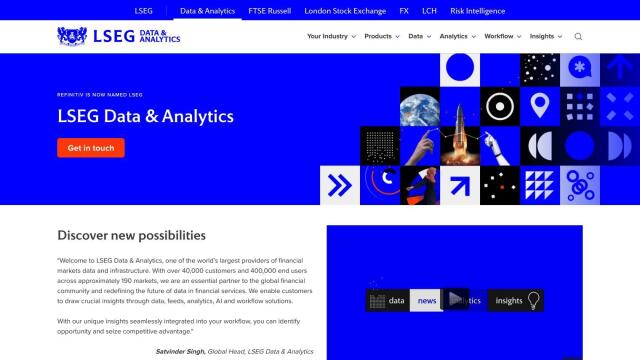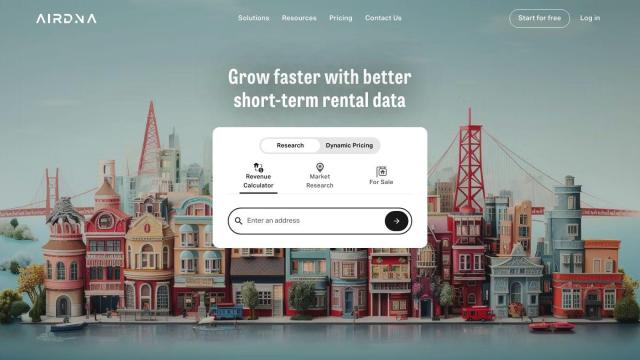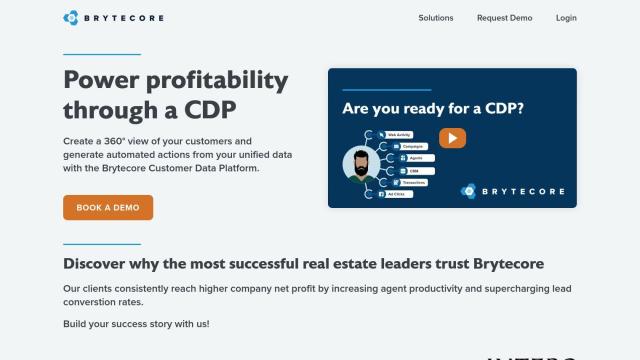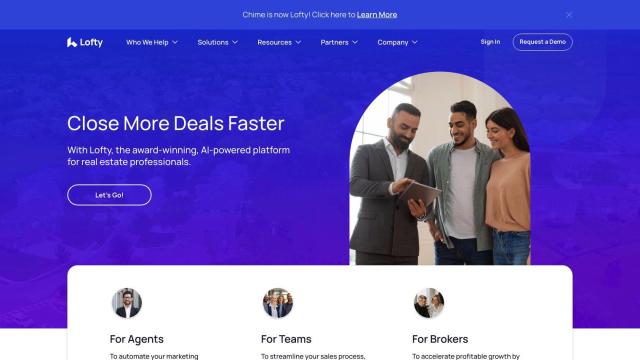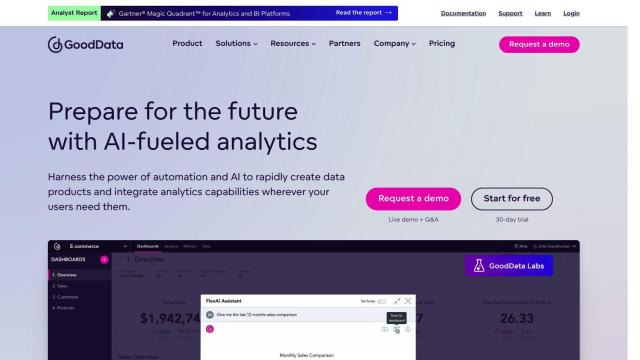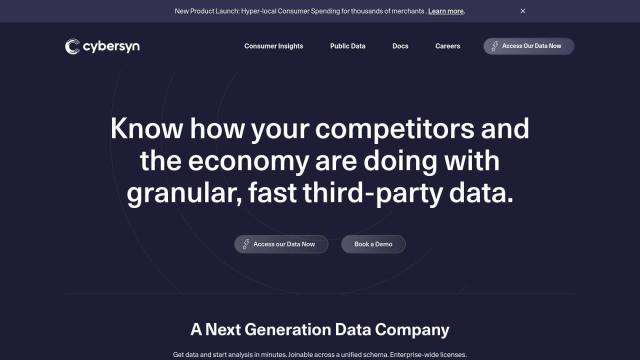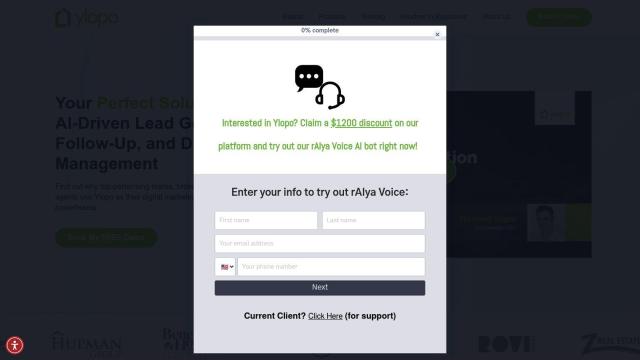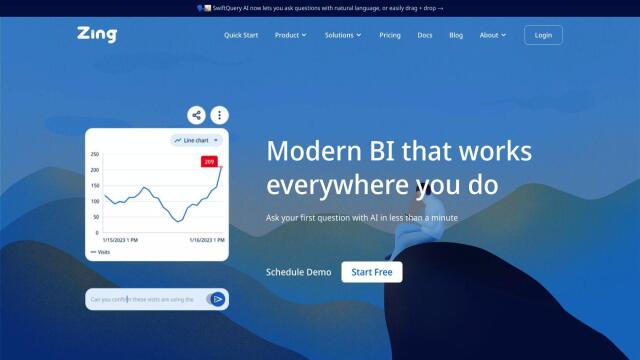Question: Can you recommend a system that provides real-time analytics and indexes for city-specific real estate values?

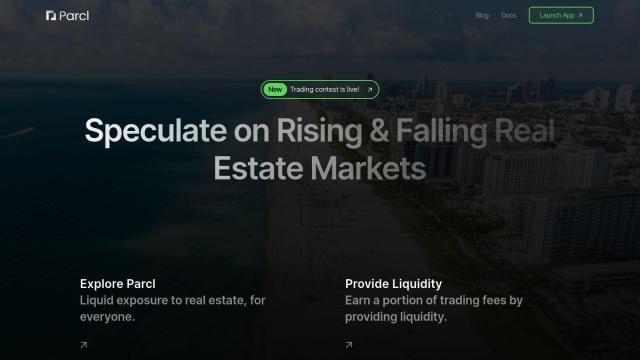
Parcl
If you're looking for a system that offers real-time analytics and indexes for city-level real estate values, Parcl is a great option. Parcl is a global real estate market monitoring and trading platform that aggregates more than 100 million data points each day to create city indexes. These indexes represent the real-world property market, providing real-time market data with median price per square foot or meter updated daily. The system lets you buy and sell city indexes, giving you exposure to the entire city without having to buy individual properties, with no minimum trade size and relatively low fees.

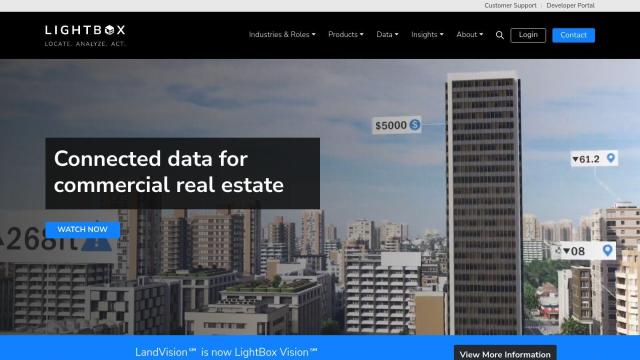
LightBox
Another good option is LightBox, which combines real estate data analytics with detailed property data, including building footprints, tax parcels, geospatial, zoning and environmental data. It offers authoritative property data and integrated commercial real estate workflows to help professionals make better decisions. LightBox's Locate feature lets you access property characteristics, tax parcels and building footprints, while Analyze offers location intelligence and streamlined workflows. This is a good option for commercial real estate professionals who need detailed analytics to speed up marketing efforts and create listings that are more likely to attract buyers.

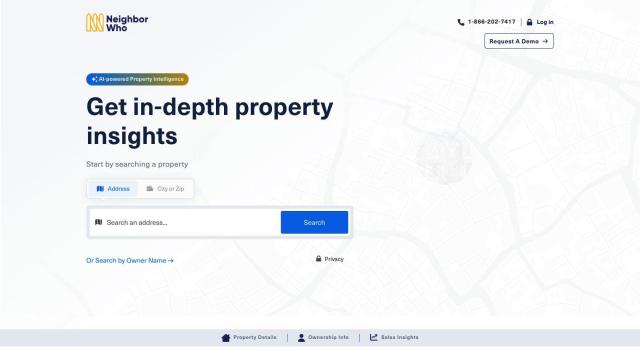
NeighborWho
If you're looking for property intelligence, NeighborWho aggregates data from a variety of sources to give you a better look at on and off-market properties in the US. It offers a rich database of millions of residential property records, including valuations, ownership information, sales history, asset information and deed information. This is a good option for professionals looking to expand their business by researching properties and making better decisions.

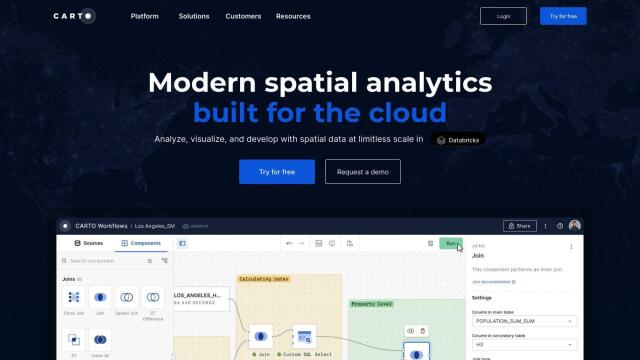
CARTO
Last, CARTO is a cloud-native location intelligence platform that lets you analyze, visualize and build applications with spatial data at scale. It isn't specifically geared for real estate, but CARTO's drag-and-drop interface and built-in GenAI abilities make it a good option for visualizing and analyzing real estate data alongside other spatial data. Its large collection of geospatial data and cloud-agnostic design make it a good option for organizations that want to tap into the power of spatial analytics and visualization.

